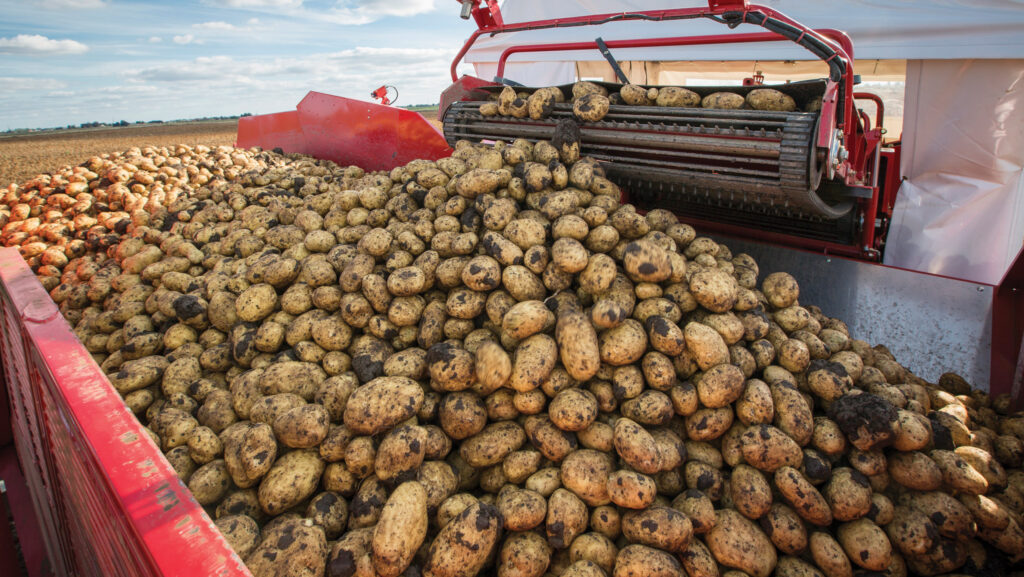Outlook 2025: Pressure on for higher potato contract prices
 © GNP
© GNP Potato prices began to rise following the poor 2022 harvest, says Andersons director Nick Blake.
This was compounded by the wet conditions that hampered the 2023 campaign, producing just 4.8m tonnes of potatoes.
Other than in 2012, the 1975 and 1976 harvests were the last two crops that produced less than 5m tonnes.
It remains to be seen what 2024 will produce, but a figure under 4.5m tonnes would not be a surprise, given the significant seed quality and supply issues and early arrival of rain in autumn 2024.
Yields have been variable but, anecdotally, higher than budget.
See also: AHDB analysis: The merits of SFI break crop alternatives
In summary
- Pressure on for higher contract prices for 2025
- Price less likely to dictate significant area change in area than in the past
- Acknowledgment of growers’ true costs and an effort to recognise climate risk alongside a fair dealing contract is awaited from retail buyers
The planted area has been on a downward trend.
While there was a slight uplift in 2024 (according to Defra), the expectation that price will dictate a significant change in area is perhaps less evident than in the past.
This is because of several reasons: fewer growers; the cost of, and access to, additional working capital; and some growers are already at the maximum area they are comfortable with, as they factor in weather risk more fully.
Given the conditions at lifting in the past two seasons, growers will be seeking to protect themselves with increased harvest capacity, which leads to higher production costs, and/or looking for a greater return for their efforts.
Total costs have increased by at least 50% in the past five years and those for 2025 plantings are likely to continue to climb, despite reductions in fertiliser, fuel, electricity (for some), and interest rates.
The key drivers of cost remain machinery and labour. There is also significant pressure on seed costs.
Some 25 years ago, in Outlook 2000, we wrote about the consolidation of packers and the shrinking number of approved suppliers serving the retailers.
Only now are we seeing the recognition that retailers have pushed the price and method of dealing with growers to the brink.
An acknowledgment of the true cost position, and an effort to recognise climate risk alongside a fair dealing contract has been deployed in other parts of the supply chain and is now awaited from retail buyers.
Remaining growers will be looking closely at the options, including exit, particularly where finance is a critical constraint, given the volume of capital required to grow the crop.
